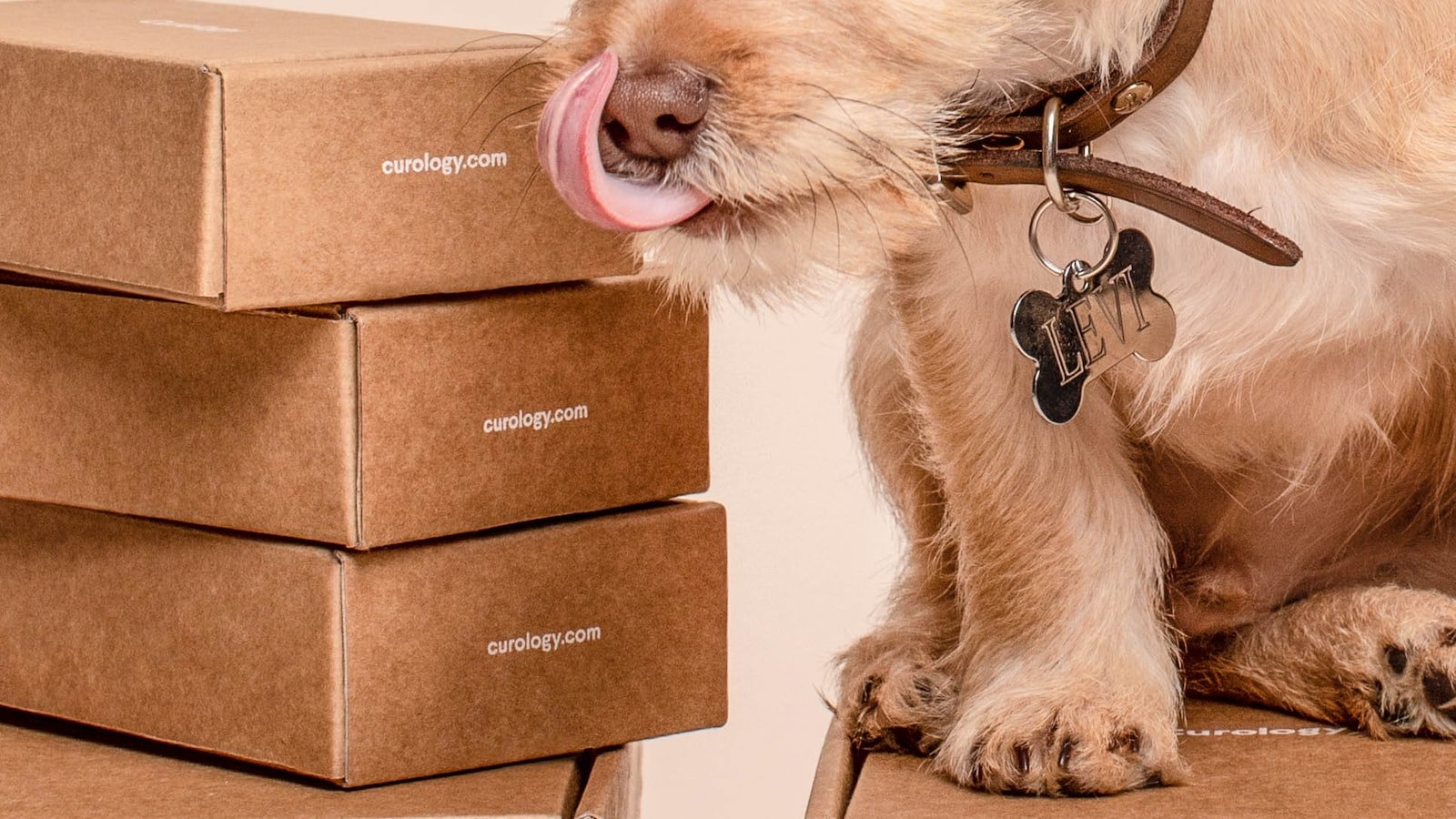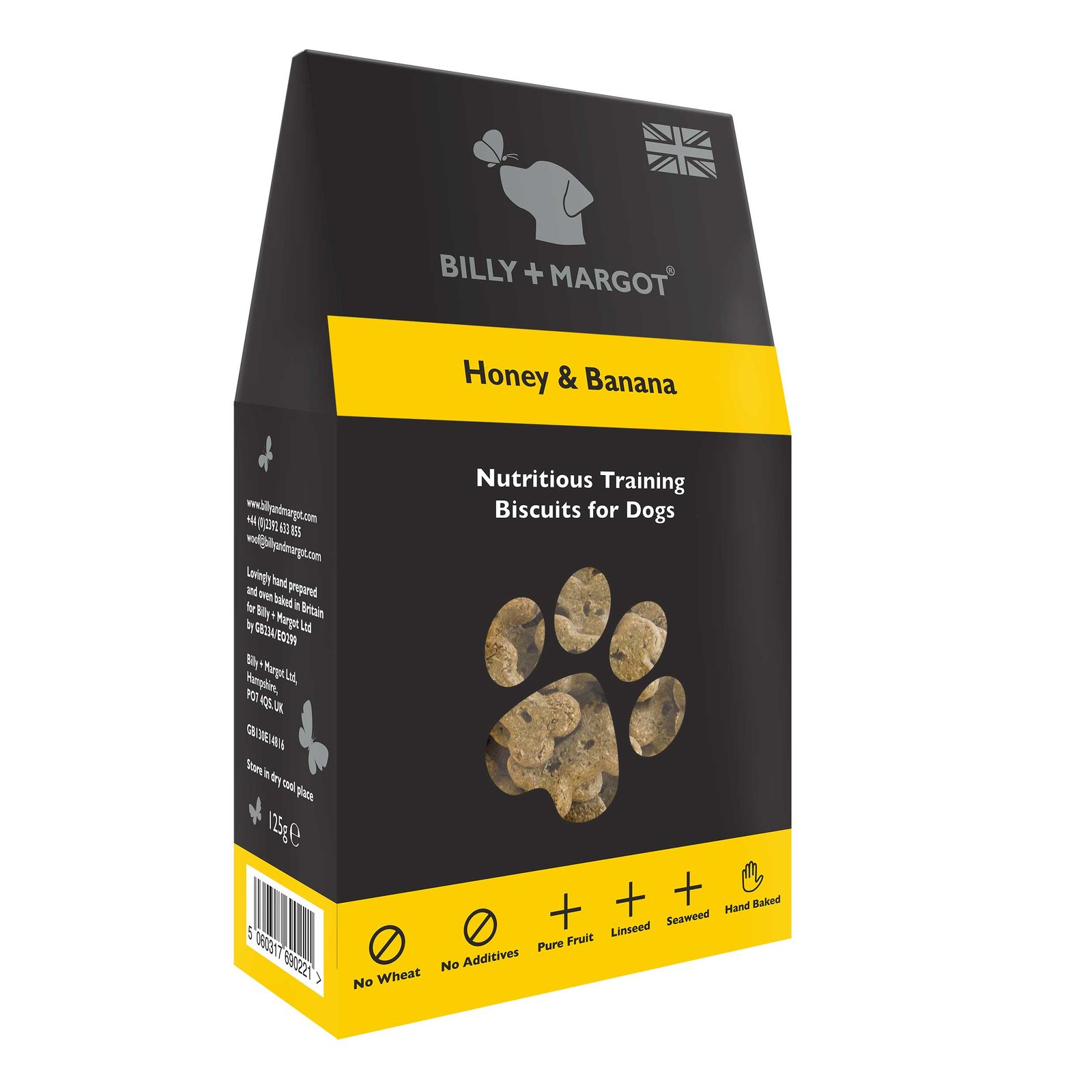When it comes to training our canine companions, one thing holds true: treats are the ultimate trumps. Whether we’re teaching them to sit, stay, or roll over with delight, the power of a tasty morsel is undeniable. But with a plethora of options to choose from, how do we discern the crème de la crème of dog training treats? Look no further, as we embark on a quest to answer all your burning questions about the finest rewards that send tails wagging and hearts melting. Prepare to discover the indisputable champions in the realm of canine indulgence, leaving your four-legged friends begging for more.
Table of Contents
- Brand options for high-quality dog training treats
- Understanding the key ingredients for effective dog training treats
- Factors to consider when selecting the best dog training treats
- Recommended dog training treats for different types of dogs
- Additional tips for successful dog training using treats
- Q&A
- Key Takeaways

Brand options for high-quality dog training treats
When it comes to training your furry friend, using high-quality dog training treats is essential. These treats not only serve as a reward for your pet’s good behavior, but they also provide nutritional benefits. Fortunately, there is a wide range of brand options available that offer the perfect combination of taste, healthiness, and effectiveness.
1. Healthy Hounds: This brand understands the importance of using natural and wholesome ingredients. Their dog training treats are made with real meat, such as chicken or beef, and are free from artificial flavors and preservatives. Not only are these treats delicious, but they also promote overall wellness.
2. Pawsome Rewards: If you’re looking for a variety of flavors, Pawsome Rewards has got you covered. From savory bacon to mouthwatering peanut butter, their training treats come in a range of options that are sure to please even the pickiest of pups. Their small, bite-sized treats are perfect for on-the-go training sessions.
3. Training Tails: When it comes to durability and long-lasting rewards, Training Tails stands out. Their treats are specially formulated to be extra chewy, ensuring that your dog stays engaged during training sessions. Plus, they are packed with essential vitamins and minerals, making them a healthy choice.
Remember, the key to successful dog training is finding treats that both motivate and nourish your furry companion. Consider the options above, and you’ll be well on your way to having a well-behaved and happy pup!

Understanding the key ingredients for effective dog training treats
When it comes to training your furry friend, having the right type of treats can make all the difference. While there are countless options available, it’s important to understand the key ingredients that make a treat effective for training purposes.
1. High-quality protein: Look for treats that are rich in high-quality protein sources like chicken, salmon, or beef. Protein is essential for muscle development and provides the necessary energy for your dog during training sessions.
2. Low calorie: Training sessions often involve multiple treats, so it’s important to choose low-calorie options to prevent your dog from packing on extra pounds. Look for treats that are specifically formulated for training to ensure they are lower in calories but still tasty.
3. Soft and easy to break: Opt for treats that are soft and easy to break into small pieces. This will allow you to give quick and frequent rewards during training without interrupting the flow. It also makes it easier for your dog to chew and swallow the treat, reducing the risk of choking.
4. All-natural ingredients: Avoid treats that contain artificial colors, flavors, or preservatives. Opt for treats made with all-natural ingredients to ensure your dog is getting a wholesome and healthy reward during their training sessions.
By keeping these key ingredients in mind when selecting training treats, you can ensure that your pup stays motivated and engaged during their training sessions while receiving a nutritious and delicious reward.

Factors to consider when selecting the best dog training treats
So you’ve decided to embark on the exciting journey of dog training, and now it’s time to pick the perfect treats to motivate and reward your furry friend. But with so many options available on the market, how do you choose the best ones? Consider the following factors to help you decide:
- Quality ingredients: Always prioritize treats made from high-quality ingredients. Look for products with real meat listed as the first ingredient, as they are more enticing and nutritious for your pup.
- Size and texture: Opt for small, bite-sized treats that are easy for your dog to chew and digest. Additionally, consider the texture of the treat. Some dogs prefer crunchy treats, while others enjoy softer options. Understanding your dog’s preferences will make training sessions more enjoyable.
- Calorie content: Treats should be viewed as additions to your dog’s daily diet, so it’s essential to consider their calorie content. If your pup needs to watch their weight, low-calorie treats or treats that can be broken into smaller pieces are ideal.
- Training purpose: Different treats serve different training purposes. For commands that require quick rewards, such as basic obedience or recall, opt for high-value treats that are irresistibly tasty. On the other hand, for longer training sessions or behavior adjustments, treats that can be easily broken into smaller portions are more appropriate.
- Allergies and sensitivities: Take into consideration any known allergies or sensitivities your dog may have. Avoid treats that contain common allergens such as wheat, soy, or artificial preservatives. If in doubt, consult your veterinarian for guidance.
By considering these factors, you can confidently select the best dog training treats that suit your pup’s needs and preferences. Remember, a motivated and happy dog is more likely to excel in their training journey, making it an enjoyable experience for both of you.
Recommended dog training treats for different types of dogs
When it comes to dog training, finding the right treats to motivate your furry friend is essential. Different types of dogs have varying tastes, preferences, and dietary needs that should be taken into consideration. Here is a list of :
1. Small Breeds:
- Bite-sized treats: Small breeds, such as Chihuahuas and Yorkshire Terriers, benefit from tiny treats that they can easily chew and swallow.
- Soft treats: Dogs with smaller mouths may find it easier to consume softer treats that don’t require much effort to chew.
2. Medium Breeds:
- Meat-based treats: Many medium-sized breeds, like Beagles and Border Collies, are highly food motivated and respond well to treats made with real meat.
- Training sticks: Long-lasting and chewy sticks can be a great option for medium breeds, as they offer not only a delicious reward but also entertainment.
3. Large Breeds:
- Freeze-dried treats: Large breeds, including Labrador Retrievers and German Shepherds, often appreciate the intense flavor and satisfying crunch of freeze-dried meat treats.
- Durable treats: Due to their strong jaws, large dogs can handle more robust treats that require more chewing, such as dental chews or bones.
Remember to always consider any specific dietary restrictions or allergies your dog may have and consult with your veterinarian before introducing new treats into their diet. Happy training with these delicious rewards!
Additional tips for successful dog training using treats
When it comes to dog training, using treats as a reward can be highly effective. However, there are a few additional tips that can help you make the most out of this training technique.
- Choose high-value treats: It’s important to select treats that your dog finds irresistibly delicious. Opt for small, bite-sized treats that are easy to handle during training sessions.
- Use variety: Dogs, like humans, can get bored with the same treats over time. Introduce a wide range of treats to keep your furry friend engaged and motivated.
- Timing is everything: Make sure to reward your dog immediately after they perform the desired behavior. This helps them associate the treat with the action, reinforcing the training.
- Keep it consistent: Establish a consistent cue or command to accompany the treat reward. By doing this, your dog will learn to associate the cue with the behavior, making it easier to elicit the desired response in the future.
- Moderation is key: While treats are fantastic for training, it’s essential to keep moderation in mind. Too many treats can lead to weight gain and may decrease their motivation for training.
By following these additional tips, you can enhance the effectiveness of using treats as a training tool and create a harmonious bond with your canine companion!
Q&A
What Are the Best Dog Training Treats?
Q: What type of dog training treats are most effective?
A: The best dog training treats are small, soft, and flavorful. They should be quickly consumed and highly motivating to reward good behavior during training sessions.
How can I choose the right treats for my dog?
Q: Should I consider my dog’s preferences when selecting training treats?
A: Absolutely! Every dog is different, so it’s crucial to choose treats that your furry companion adores. Experiment with different flavors and textures to find the ones that make your dog most eager to learn.
Are there any treats that I should avoid during training?
Q: Can I use regular food items as training treats?
A: While it’s best to avoid regular meals as training treats since your dog might overeat, you can use small, low-calorie pieces of cooked chicken or cheese. However, avoid treats that crumble easily or have strong odors, as they can be distracting during training.
How frequently can I reward my dog during training?
Q: Is it important to reward my dog every time they perform a desired behavior?
A: In the beginning stages of training, it’s essential to reward your dog consistently for desired behaviors. However, as they become more proficient, you can gradually reduce the frequency of treats while still providing praise and positive reinforcement.
Can I use homemade treats for training?
Q: Are homemade treats a good option for dog training?
A: Absolutely! Homemade treats can be a healthy and cost-effective option. Just ensure that the ingredients are safe for dogs, avoid unhealthy additives, and cut them into small, bite-sized portions for easier consumption during training sessions.
What are some recommended dog training treats?
Q: Can you suggest some commonly used dog training treats?
A: Many popular dog training treats include small pieces of freeze-dried liver, mini training treats made from real meat, and commercial soft treats that can be easily broken into smaller portions. Remember, the best treats are the ones that motivate your dog and hold their attention during training!
Key Takeaways
As we bid farewell to this exciting journey through the realm of dog training treats, we hope you have found the answers to your burning questions. Our quest to uncover the best treats to enhance your four-legged companion’s training experience has been nothing short of thrilling.
From tantalizing treats that made tails wag with joy to irresistible morsels that transformed the training sessions into a delightful adventure, we have explored an array of options. Through this exploration, we have discovered that the perfect treat truly depends on the unique characteristics and preferences of your furry friend.
Remember, the key to successful training lies not only within the treats themselves but also in the bond and understanding you cultivate with your beloved pup. Paying attention to their individual needs, preferences, and nutritional requirements will enable you to forge a powerful connection, strengthening the training process.
Whether you opt for mouthwatering morsels crafted from delectable meats, protein-packed goodness with an extra crunch, or even homemade delights cooked with love, always choose treats that ignite a spark of enthusiasm within your loyal companion. These delightful rewards will motivate them to traverse the path of learning with zest and determination.
And so, dear readers, armed with this newfound knowledge, it is time to embark on a training journey that will undoubtedly bring fulfillment to both you and your furry friend. Embrace the challenges, celebrate the progress, and cherish the moments of pure joy as your dog masters new tricks and commands.
May the delectable aroma of your chosen training treats continue to permeate your daily routines, reminding you of the unbreakable bond you share with your loyal fur baby. As you navigate this endless sea of training options, remember that the magic always lies within the love, patience, and companionship you offer.
With tails wagging and hearts brimming with anticipation, let us bid adieu for now. Until we meet again, may your training endeavors be filled with triumph and may your pup’s training treats always bring a smile to their adorable snouts.
Farewell, fellow dog enthusiasts, and happy doggy training!
As an affiliate, my content may feature links to products I personally use and recommend. By taking action, like subscribing or making a purchase, you’ll be supporting my work and fueling my taco cravings at the same time. Win-win, right?
Want to read more? Check out our Affiliate Disclosure page.